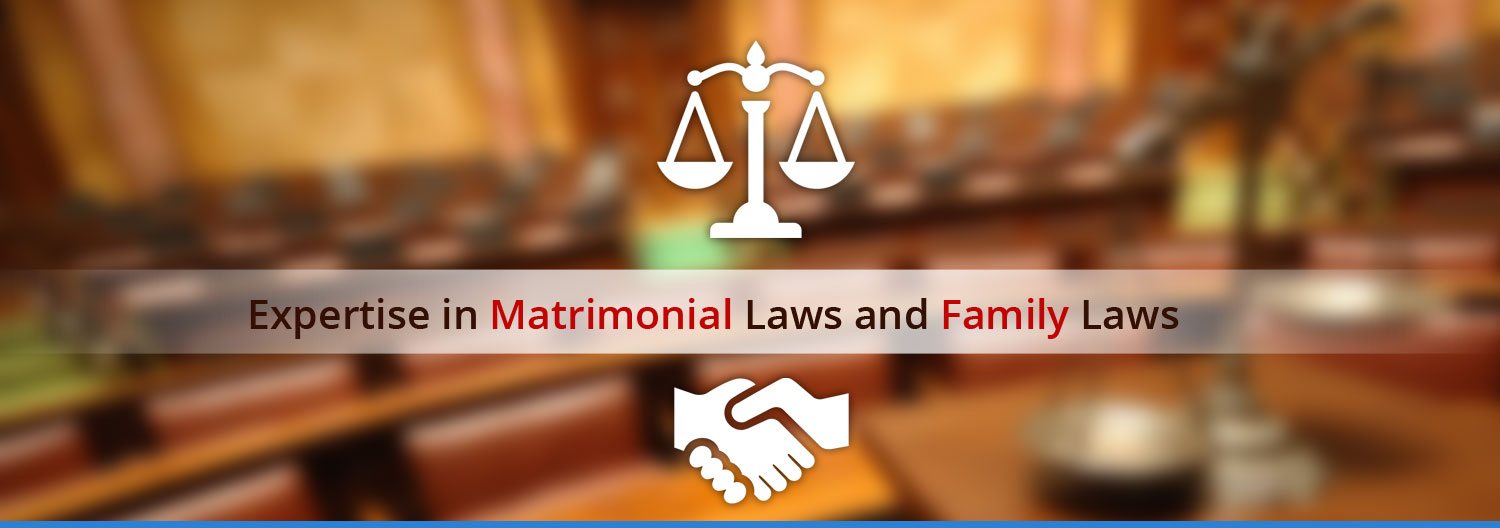11. MADHYA PRADESH HIGH COURT RULES UNDER THE HINDU MARRIAGE ACT1
1. Every petition under the Hindu Marriage Act (Act 25 of 1955).—
Hereinafter called the Act, every petition shall be accompanied by a certified copy of extract from the Hindu Marriages Register maintained under Section 8 of the Act or from the Register of Marriage maintained under any other Act where the marriage has been registered under some other Act and where a certified copy of extract can be granted to the petitioner.
2. Contents of petition.—Every petition shall state—
(1) the name of the Court in which the petition is presented;
(2) the names of the parties, their ages, description and places of residence;
(3) the place and date of marriage;
(4) the principal addresses at which the parties to the marriage reside or last resided together within the jurisdiction of the Court;
(5) whether there is any living issue of the marriage and, if so, the names and dates of birth or ages of such issues;
(6) whether there have been in any court in India previous proceedings with reference to the marriage by or on behalf of either of the parties and, if so, the particulars and the result of such proceedings;
(7) details of the facts specified in Section 20(1) of the Act so far as they are known to the petitioner. In particular, the details shall include—
(a) if the petition is for restitution of conjugal rights; the date when and the circumstances in which the respondent withdrew from the society of the petitioner;
(b) if the petition is for judicial separation (i) the date and place of the desertion, cruelty, or sexual intercourse, which is made the ground for relief and in cases of sexual intercourse, the name and address of the person or persons with whom the respondent had sexual intercourse; (ii) the period of leprosy, venereal disease or unsoundness of mind which is made the ground for relief;
(c) if the petition is for a decree of nullity on the ground of contravention of clauses (i) of Section 5 of the Act, the name and address of the spouse;
. (d) if the petition is for a decree of nullity on the ground specified in
clause (c) of Section 12 of the Act, the date and particulars of the
force or fraud, as the case may be, by which the consent was
obtained and the date on which the force ceased to operate or the
fraud was discovered;_________________________
1. Vide M.P. Rajpatra Part 4(G), dated 17th May, 1957.
(e) if the petition is for divorce or judicial separation on the ground of:
(i) conversion, unsoundness of mind, leprosy, venereal disease, renunciation of the world or another marriage, the date and place of the act or disease;
(ii) adultery, rape or sodomy, the date and place of the act or acts and the name and address of the person or persons with whom these acts were committed by the respondent;
(iii) presumption of death, the last place of cohabitation of the parties, the circumstances in which the parties ceased to cohabit, the date when and the place where the respondent was last seen or heard of and the steps which have been taken to trace the respondent.
(8) The property mentioned in Section 27 of the Act, if any, if relief is claimed in respect thereof.
(9) Relief of reliefs.
3. Application for leave under Section 14 of the Act.—Where any party to a marriage desires to present a petition for divorce within one year of such marriage, he or she shall apply by an application for leave of the Court :
(1) The application shall be accompanied by the petition intended to be filed.
(2) The application shall be supported by an affidavit made by the applicant and shall state the following particulars :
(a) the grounds on which the application is made;
(b) particulars of the hardship or depravity alleged;
(c) whether there has been any previous application for this purpose; if so, its details;
(d) Whether there are living any children of the marriage and, if so, their names and dates of birth or ages and where and with whom they are residing;
(e) whether any and, if so, what attempts at reconciliation have been made;
(/) any other circumstance which may assist the Court to determine the question whether there is reasonable probability of a reconciliation between the parties.
(3) Notice of the application along with the copy of the application and of the petition shall be served on the respondent.
(4) When the Court grants leave, the petition shall be deemed to have been duly filed on the date of the said order.
4. Application for alimony and maintenance.—Every application for alimony and maintenance shall be supported by an affidavit made by the applicant and shall state the average monthly incomes of the petitioner and the respondent, the sources of these incomes, particulars of other movable and immovable property owned by them, the number of dependants on the petitioner and the respondent, and the names and ages of such dependants.
5. Notice.—The Court shall issue notice to the respondent and co-respondent, if any. The notice shall be accompanied by a copy of the petition. The notice shall require, unless the Court otherwise directs, the respondent or co-respondent to file his or her statement in Court within a period specified by the Court along with a copy for the use of petitioner.
6. Service of petitions.—Every petition and notice under the Act shall be served on the party affected thereby in the manner provided for service of summons under Order V of the Civil Procedure Code.
7. Taxation of costs.—Unless otherwise directed by the Court, the costs of the petition under the Act shall be costs as taxed in a suit.
8. Transmission of certified copy of the decree.—The Court shall send a certified copy of every decree of nullity or divorce to the Registrar in charge of the Hindu Marriage Register maintained under the Act or to the officer in charge of the Marriage Register maintained under any other Act containing an entry about the marriage annulled or dissolved by the decree.
9. Appeals.—Appeal to the High Court from the decrees and orders of the District Court shall be governed by the Rules of the High Court as far as they may be applicable.







